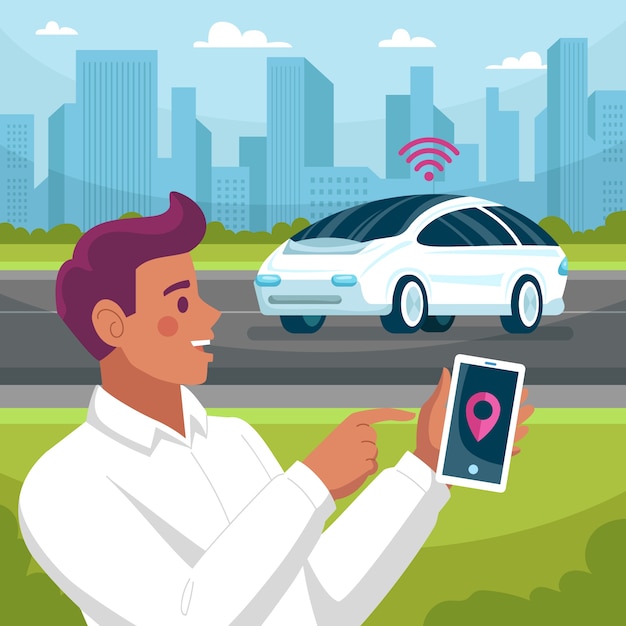The Future Unveiled: The Era of Autonomous Driving

Bryce Johnstone from Imagination Technologies sheds light on what future cars will need from GPUs.
Automotive technology is advancing at a breakneck pace, and it’s transforming everything from powertrains and in-car entertainment to self-driving cars. With all these innovations, the driving experience is set to change dramatically in the years to come. By 2030, it’s expected that one in four cars on the road will have some level of self-driving capability. We’re already seeing self-driving vehicles in some communities today. But what does this mean for the car cockpit and how will future cars communicate with drivers?
Challenges Ahead
By the time fully autonomous cars become a reality around 2025, we can expect some major changes. Imagine a car that doubles as your office, living room, resting place, and entertainment center. The traditional layout with a steering wheel and forward-facing seats could evolve into something completely different. You might see cars where the seats face inward and windscreens and windows become less important or even disappear, providing more privacy. However, some trends are already emerging.
Future cars are likely to be packed with screens, creating a huge demand for powerful and energy-efficient GPUs. These GPUs will need to handle high-resolution displays, support features like augmented reality (AR), gesture control, and advanced human-machine interfaces (HMIs). Next-gen cars could have up to ten screens with a combined resolution of up to 72k, delivered through multiple 4k resolution screens. This includes head-up displays (HUDs) that are now appearing in high-end cars, projecting information onto the windshield so drivers don’t have to look away from the road.
HUDs are expected to get even more sophisticated, with split-screen designs that display information separately to drivers and passengers. At the core of these advances will be GPU technology, driving the pixels for both the dashboard and HUD. Technologies like gaze tracking will work with HUDs to ensure that important information stays in the driver’s line of sight. GPUs will also enable algorithms to monitor if the driver is paying attention and issue warnings if needed.
Human-Machine Interface (HMI)
As cars move through different levels of autonomous driving—from level one to level five—the HMI will become increasingly important, especially in levels two and three where control can switch back to the driver. Drivers need to be aware of what the car is doing so they’re not caught off guard by any actions it takes.
Right now, most interaction with the dashboard is visual, but this will expand to include voice commands, audio feedback, vibration alerts, gesture controls, and visual warnings projected onto the HUD. New HMIs will help people adjust to the reality of autonomous driving. As passengers, people need to trust that the car knows what it’s doing. They should be able to see why the car is picking a certain lane, which cars are nearby, how traffic is on different roads, and how the route is being calculated. A well-designed HMI will keep passengers informed and comfortable with the car’s decisions.
In essence, powerful GPUs are at the heart of making these futuristic features work seamlessly, ensuring that the car of tomorrow is not only smart but also intuitive and user-friendly.